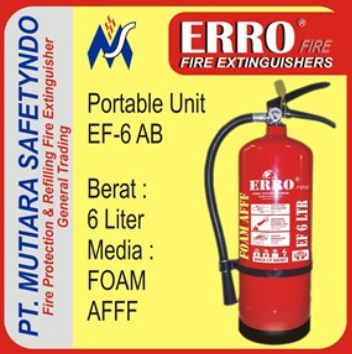Beijing, once among the most polluted cities globally, has significantly improved its air quality over the past two decades, with its experience possibly providing Hanoi with valuable insights into the severe air pollution that the Vietnamese capital is enduring.

Vietnam’s PFAS Situation Report
Per – and polyfluoroalkyl substances (PFAS) have received significant public and media attention in the US, EU, and Australia, in part due to their toxicity, extreme persistence, and documented water pollution. However, information about PFAS in other parts of the world, including Vietnam, is largely lacking and the information which is available is difficult to access.
 PanNature took part in the IPEN’s surveys to explore possible PFAS uses and pollution sources, scientific studies and government actions, including under the Stockholm Convention, in Vietnam. The Vietnam’s PFAS situation report summarizes press reports and scientific studies on PFAS in Vietnam from 2014 – 2018, contributes to IPEN’s Toxics-Free SDGs Campaign.
PanNature took part in the IPEN’s surveys to explore possible PFAS uses and pollution sources, scientific studies and government actions, including under the Stockholm Convention, in Vietnam. The Vietnam’s PFAS situation report summarizes press reports and scientific studies on PFAS in Vietnam from 2014 – 2018, contributes to IPEN’s Toxics-Free SDGs Campaign.
Actions to control and phase-out PFAS as a class contribute to achievement of several key Sustainable Development Goals (SDGs) due to the impacts of the substances on health and ecosystems, including water pollution. These include SDGs 3, 6, 9, 12, 14, 15, and 16.
The principal findings of the Vietnam’s PFAS situation report are: PFAS substances are largely unregulated in Vietnam; Women are contaminated with PFAS substances; PFAS water pollution is widespread; and Seafood is contaminated with PFAS substances.
Vietnam has became a Party to the Stockholm Convention in 2004 and the treaty has added PFOS to its global restriction list in 2009. This amendment has came into force in Vietnam in 2010. However, other PFAS substances are essentially unregulated.
Specific recommendations for Vietnam and Stockholm Convention COP9:
National recommendations
- The government of Vietnam should provide funding support for further research on PFAS substances and their contamination in the environment and human bodies.
- The Ministry of Environment and Natural Resources and the Ministry of Industry and Trade should carry out joint PFAS monitoring to identify hotspots near populated and industrial areas. In addition, efforts should also focus on regular monitoring on PFAAs in groundwater to identify possible hotspot areas and find the potential emission sources for preventing expansion of pollution.
- A complete inventory of PFAS (including PFOA and PFOS) needs to be carried out including in suspected products and process in order to develop a regulatory, institutional framework for sound management of these chemicals.
- To prevent PFAS pollution and subsequent costly remediation, Vietnam should make an inventory on firefighting foam stocks promptly and replace PFAS-containing foams with fluorine-free foams as early as possible.
- Regulations and guidelines under the Law on Chemicals should take into accounts of updated scientific findings and recommendations on PFAS.
Recommendations for Stockholm Convention COP9
- PFOA should be listed in Annex A with no specific exemptions. If exemptions are granted, they should be for specific products and the listing should require labeling new products that contain PFOA so that Parties can fulfill requirements under Article 6 as done previously for HBCD (SC-6/13).
- Due to the costly, highly polluting nature of firefighting foams, and the availability of costeffective, technically feasible non-fluorinated alternatives, no specific exemptions should be adopted either for PFOS or PFOA production and/or use in firefighting foams.
- Specific exemptions or acceptable purposes for the following 11 uses of PFOS should be ended: photo-imaging, photo-resist and anti-reflective coatings for semiconductors; etching agent for compound semiconductors and ceramic filters; aviation hydraulic fluid; certain medical devices; photo masks in semiconductor and LCD industries; hard metal plating; decorative metal plating; electric and electronic parts for some color printers and color copy machines; insecticides for control of red imported fire ants and termites; and chemically-driven oil production.
- The following 3 acceptable purposes should be converted into specific exemptions: metal plating (hard metal plating only in closed loop systems); firefighting foams; insect bait for 28 control of leaf-cutting ants from Atta spp. and Acromyrmex spp. Sulfluramid should be named in the PFOS listing and its use sharply limited to cultivation of specific crop.
Vietnam’s PFAS Situation Report can be found here.
The situation report of 11 other Middle Eastern and Asian countries joined the Campaign can be found here.
| IPEN is a global network of public interest NGOs working together for a world in which toxic chemicals are no longer produced or used in ways that harm human health and the environment. PanNature became a member of IPEN in 2018. |



